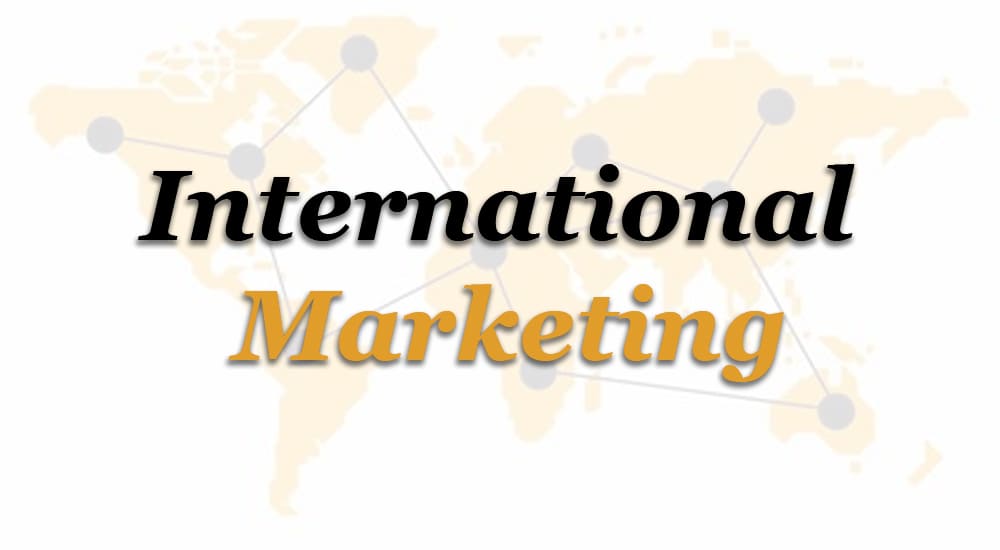The term “international marketing” refers to the practice of adapting marketing strategies to consumers’ needs and preferences in different countries.
You need to have a firm grasp of Sales vs. Revenue before developing insight into international marketing. In a nutshell, international marketing entails carrying out promotional activities in more than one country. The term “global marketing” may refer to adapting the four Ps of marketing (product, pricing, place, and promotion) to consumers’ preferences in various countries.
By definition, international marketing is the practice of selling goods and services across national borders following the rules and regulations set out by each individual country.
Simply put, it’s a term that describes business dealings and promotions across countries with different political and economic systems.
When a company expands its marketing efforts outside the limits of a single country, it is said to be engaging in international marketing. As a result of countries having common economic objectives, global marketing has led to more dialogue and collaboration.
It’s a positive economic and commercial endeavour that benefits all countries involved. International marketing is a powerful instrument of globalization.
The extent to which marketing is considered a social activity will determine how it differs from marketing in the home market. It includes things like the product itself, its price, its brand name, and so on, but not people. The basic laws governing these variables are applicable in every context. Customer behaviour patterns and societal qualities like consumer attitudes and values are examples of social aspects of marketing that are different at every level since they deal with human elements.
The decision to go global or stay local is the most important one for every company. A company may opt-out of globalization because it has a substantial portion of the domestic market and does not want to comply with the restrictions imposed by other markets. The organization chooses to be worldwide for the reasons listed below, though:
Increasing Scale Economies
a more significant part of the international market, a longer product life cycle, and more potential for profit on the global market than at home
So how can I get into the international business world?
Table of Contents
In today’s world, there are various options for companies interested in expanding internationally.
The simplest way to enter a market is via indirect or direct exports. Indirect exports are carried out by trading companies that help corporations procure and sell goods and services in foreign markets.
Indirect exports allow the company to offer its goods and services to international customers without directly leaving the country.
The advertising is conducted, and the foreign sales department helps to smooth sales and distribution, all thanks to establishing an autonomous domestic export department.
Travelling salespeople from many nations
Only foreign distributors or agents are authorized to represent the company internationally.
Internet-wide expansion plan: Companies may swiftly create awareness among customers worldwide without setting up booths at costly and time-consuming international trade shows thanks to the internet and other electronic media.
The company’s website has in-depth product information that customers may read in various languages and then use to order online.
Licenses and franchises: When a business wants to expand internationally, one option is to issue a permit to a foreign firm so that it may use the local firm’s name, trademarks, and patents in conjunction with its manufacturing process and sales. During the licensing process, the domestic company has less influence on the licensee.
In contrast, a domestic franchisee must work on the domestic business’s behalf, and under its circumstances, thus the parent company maintains a higher level of control. Companies like McDonald’s and Domino’s Pizza are great examples of franchises.
Joint ventures: firms in one country might pool their resources and expertise with those of another country’s company to increase their customer base overseas.
The Indian insurance companies TATA AIG, HDFC Standard Life Insurance, and TATA Sky are all examples of such partnerships.
As a last resort, these firms may directly invest in the region by constructing new facilities or acquiring an interest in an existing one that will aid in distributing their goods.
Businesses go global to increase profits and get a larger piece of the worldwide market. However, a nation’s political, social, technological, and cultural settings need to be taken into account since marketing concepts differ from country to country.
